In this video we are going to look at how these hormones can be used in contraception and compare them to non-hormonal methods. We are also going to look at the use of hormones in treating infertility. Female fertility is controlled by hormones, this means that knowledge of these hormones can be used to increase (fertility treatment) or decrease (contraception) the chances of fertilisation and pregnancy. FSH causes the egg to mature in the ovary, so if we can stop the production of FSH happening then we can prevent pregnancy happening. And we already know that oestrogen prevents the production of FSH, so contraceptive pills just need to contain oestrogen. Progesterone also can act as a contraceptive; it makes the mucus in the uterus very thick and so sperm cannot get through to the egg to fertilise it. Pills are either oestrogen only, combined oestrogen and progesterone or nowadays there is a mini-pill which is progesterone only. Early contraceptive pills contained much higher amounts of oestrogen. This caused quite significant side effects, such as weight gain, mood and blood pressure. More modern pills contain much less oestrogen, and some are even just progesterone. Progesterone is a lot more gentle on the body; oestrogen pills make the body think it is in a permanent state of pregnancy. Oral contraceptives are great in many ways. They give people the freedom to choose when to have a child, and when to not have children. But as mentioned above, even the more modern versions can cause side effects in people. There is also an increased risk of developing blood clots. So they are not perfect, and so people do seek out other methods of contraception instead. Inter-uterine devices (IUDs) or coils are another contraceptive option. They must be fitted by a doctor, and have spermicidal properties and prevent implantation. Or there are also contraceptive implants which work by releasing progesterone into the body and last for 3 years. Whereas the contraceptive injections also make use of progesterone, but they only last for between 8 and 13 weeks. Non-hormonal methods of contraception include condoms and other barrier methods which stop the sperm from reaching the ovum. How effective these methods of contraception are depends on whether you use it correctly. The IUDs and implants are great because they do not have human error; you cannot forget to take it or put it on. If taken correctly, the contraceptive pill is over 99% effective. But you need to take it at a similar time each day, and remember to take it daily. Other than condoms and barrier methods, all forms of contraceptives come with differing side effects and girls should consider the different options when deciding which one suits them best. So that is how we use our knowledge of hormones to prevent pregnancy. But what about helping women conceive? Some women don’t produce enough FSH to allow their eggs to mature, and so have difficulty becoming pregnant. Fertility drugs contain FSH and also LH, which stimulate the eggs to mature in the ovary. Remember that LH causes the mature egg to be released from the ovary. Because fertility drugs contain FSH and LH, this can cause multiple eggs to be released and so increases the chances of multiple conceptions; twins or even triplets. Fertility treatments do increase a woman’s chances of becoming pregnant, but it is not 100% assured and there can be other factors to consider. SUBSCRIBE to the FuseSchool YouTube channel for many more educational videos. Our teachers and animators come together to make fun & easy-to-understand videos in Chemistry, Biology, Physics, Maths & ICT. VISIT us at www.fuseschool.org, where all of our videos are carefully organised into topics and specific orders, and to see what else we have on offer. Comment, like and share with other learners. You can both ask and answer questions, and teachers will get back to you. These videos can be used in a flipped classroom model or as a revision aid. Find all of our Chemistry videos here: https://www.youtube.com/watch?v=cRnpKjHpFyg&list=PLW0gavSzhMlReKGMVfUt6YuNQsO0bqSMV Find all of our Biology videos here: https://www.youtube.com/watch?v=tjkHzEVcyrE&list=PLW0gavSzhMlQYSpKryVcEr3ERup5SxHl0 Find all of our Maths videos here: https://www.youtube.com/watch?v=hJq_cdz_L00&list=PLW0gavSzhMlTyWKCgW1616v3fIywogoZQ Twitter: https://twitter.com/fuseSchool Access a deeper Learning Experience in the FuseSchool platform and app: www.fuseschool.org Follow us: http://www.youtube.com/fuseschool Friend us: http://www.facebook.com/fuseschool This Open Educational Resource is free of charge, under a Creative Commons License: Attribution-NonCommercial CC BY-NC ( View License Deed: http://creativecommons.org/licenses/by-nc/4.0/ ). You are allowed to download the video for nonprofit, educational use. If you would like to modify the video, please contact us: [email protected]
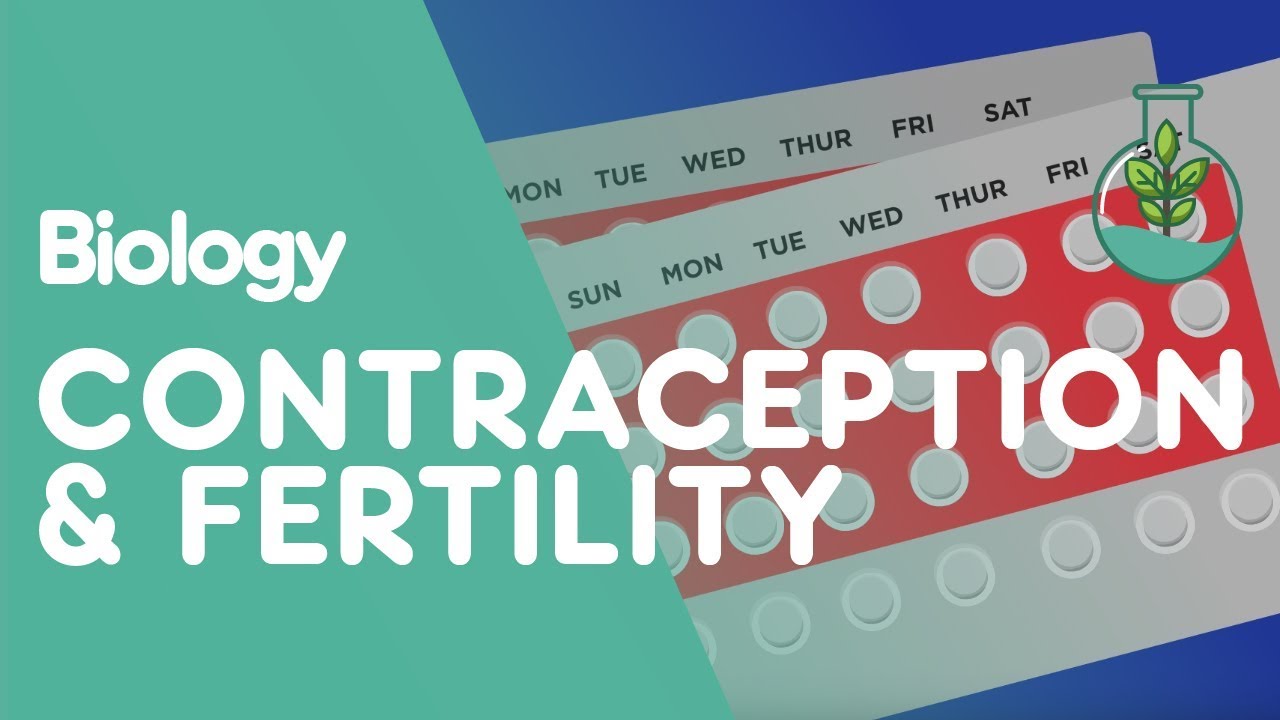
Hormones Involved In Birth Control & Fertility Treatment | Biology | FuseSchool
- Post author:
- Post published:May 6, 2021
- Post comments:0 Comments
You Might Also Like

Pediatric Surgery Video – 4
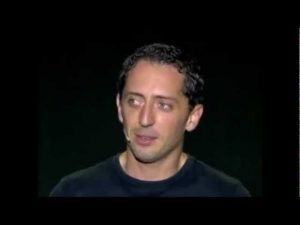
la definition du sport.wmv
![Read more about the article Safe ANABOLIC STEROID that will not harm organs (heart, kidneys, liver, etc.)? [4K]](https://videos.drmaheshkumar.com/wp-content/uploads/2021/05/Safe-ANABOLIC-STEROID-that-will-not-harm-organs-heart-kidneys-liver-etc-4K-300x169.jpg)
Safe ANABOLIC STEROID that will not harm organs (heart, kidneys, liver, etc.)? [4K]

Diabetes Type 1 Cure? – A-Level (A2) Biology

Foods to give when child has diarrhoea

Lisinopril Explained.: Uses and Side Effects.

Swimming Video – 4

Keto Diet, Keto Foods, Keto Recipes Video – 7

Bodybuilding Nutrition, Diet Recipes & Workout – 36

Pediatric Surgery Video – 2
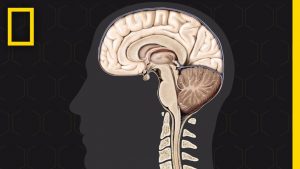
Brain 101 | National Geographic
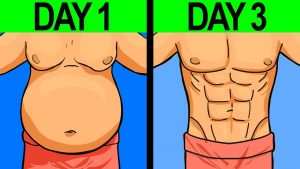
Lose Belly Fat in 3 Days with a Fasting Diet

The Rock’s CHEST WORKOUT ROUTINE

Angiography V/S CT Coronary Angiography

See What Happens To Your Body When You Start Taking Fish Oil Everyday

Pectoralis Pushups-3
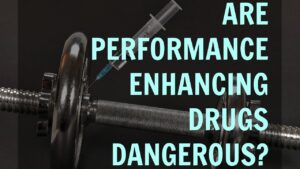
Anabolic Steroids – History, Definition, Use & Abuse Video – 14

Law 3: Train to Lose | 10 Laws of Muscle-Building
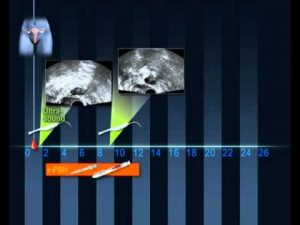
✅ Ovulation – HCG

Athletic Stretching & Cool-Down Exercise: Danielle Pascente
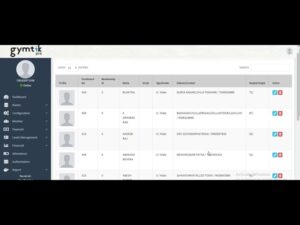
Gym/ Health Club Management Video – 2
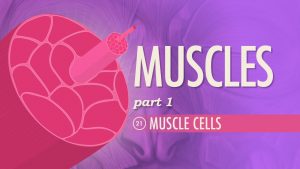
Muscles, Part 1 – Muscle Cells: Crash Course A&P #21

How To: Standing Calf (BM)
Anabolism
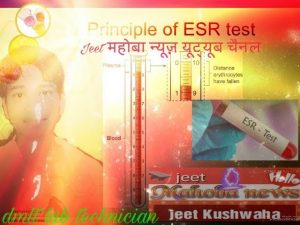
Esr test full procedure
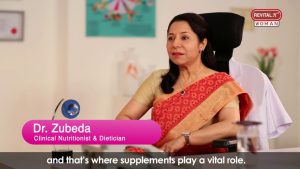
Do multivitamin supplements have side effects? – Revital H Woman(2017)

types of stretching exercise _ Dr. Ibrahim Zoheiry

3 Min Meditation video , Stress Relief………

How To: Stretch your Chest (Type 1-2-3)Stretching the Pectoral Major Vs Pect Minor/ Left or Right?

How To Do Half Life Calculations

Abhyanga – Ayurved Video – 1

Should you use Glutamine
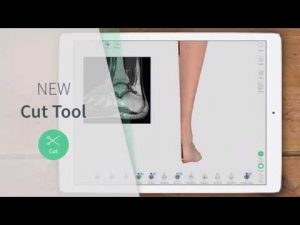
What’s New in Complete Anatomy 2018!
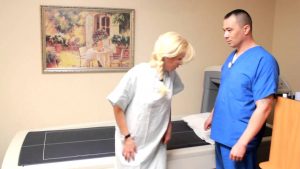
What Is a Bone Density Scan?
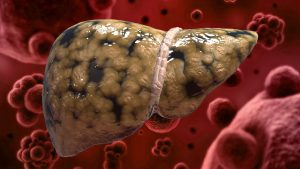
6 Foods That Naturally Cleanse the Liver

Triceps Pulley Extension-3

TRICEPS (MEDIAL & INNER) – Lying Triceps Extension (Cross Face)
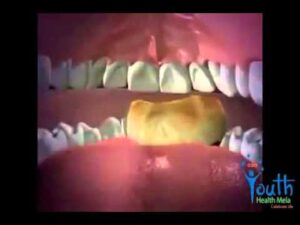
Save our Internal Organs

Football Psychology Video – 2

Dumbbell Pullover – Chest Exercise
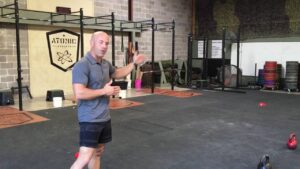
Shuttle Sprints

